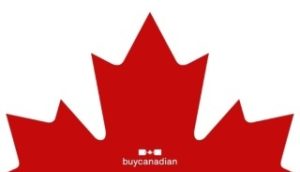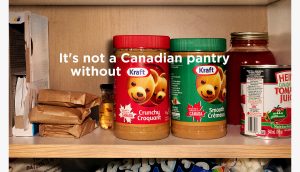A new tool is making life a lot easier for media agencies these days. Buyers can view program schedules, ratings and costs for evaluation and eventual booking through Toronto-based Donovan Data System’s eAvails platform. The recently launched tool electronically imports and transfers avails and proposals through DDS’ media-buying application, and is being pegged as the next standard for transacting business in Canada.
Its first use by an agency since its release last month was by Havas Media Network’s MPG Canada, which is now importing electronic avails sent by Canwest, CTV and Rogers into its media-buying system.
MPG’s media manager, Cathy Murray, reports the initiative has been ‘groundbreaking’ for her industry. She says the tool has helped streamline media buys with broadcasters and has ‘dramatically’ reduced the time spent manually entering broadcaster data to build their buys. ‘When Rogers sent us a completed eAvails spreadsheet, we saved 90% of the time we would have normally spent manually typing their avails into our system,’ she explains, adding that cutting and pasting data provided by Canwest and CTV through the tool also saved 75% of the time it would have taken to enter the avails manually.
The new system also eliminates re-keying errors: avail data is delivered through the tool to an agency’s DDS system as an XML file, the specifications for which were developed in a collaborative effort by the Canadian television community and DDS. Broadcasters can produce the XML file directly from their sales systems, or can enter their avail data into a predefined spreadsheet template that creates the XML file.
The new tool also makes it easier for buyers to evaluate programming that they might not bother to enter manually, says Murray. ‘I think there’s a much greater chance that we’ll add to our schedule some programs we wouldn’t normally think of buying,’ says Murray, ‘because it’s so easy to see them and assess their efficiency in terms of our client’s goals when we receive them electronically.’ DDS’ remuneration model is based on a percentage of client transactions.























